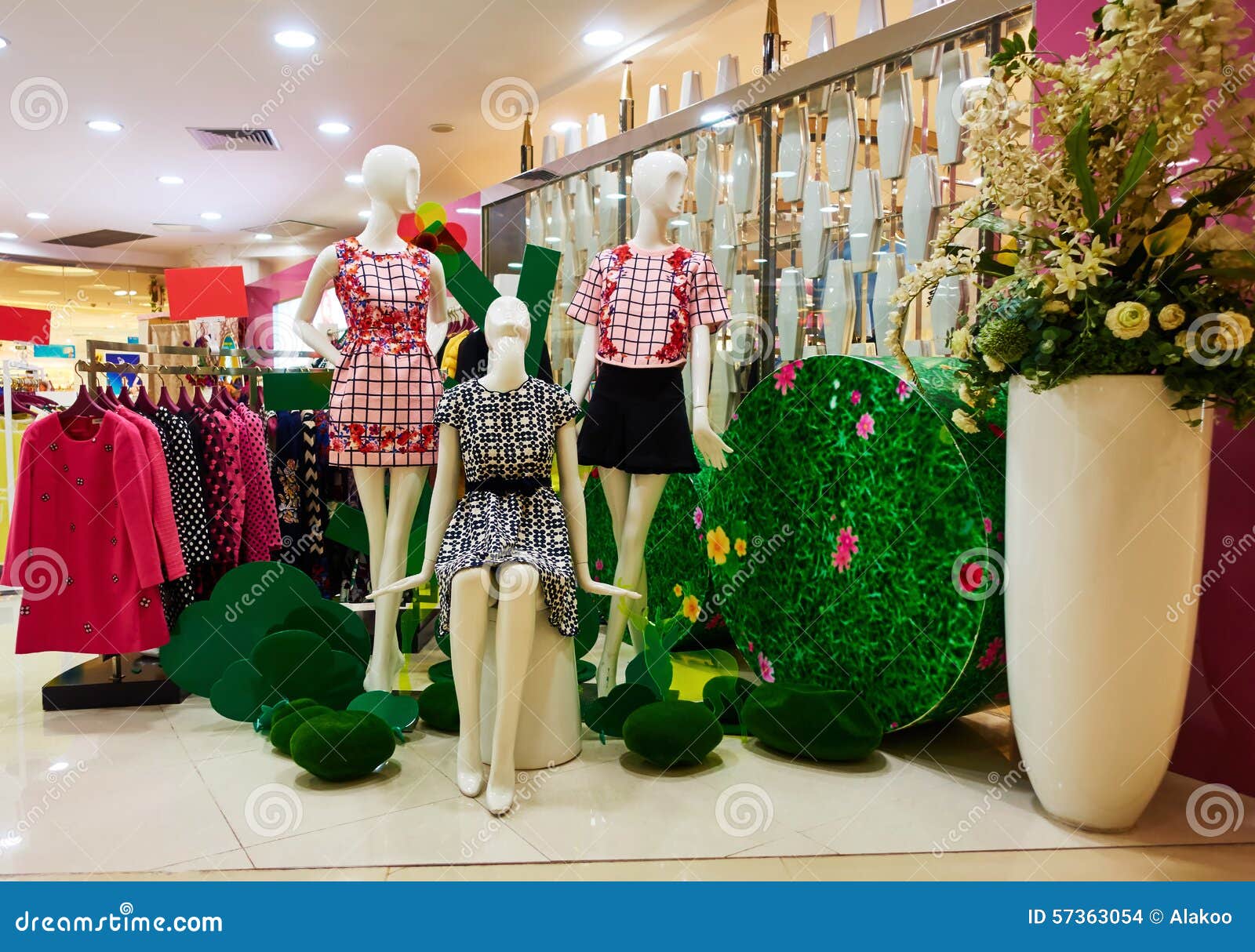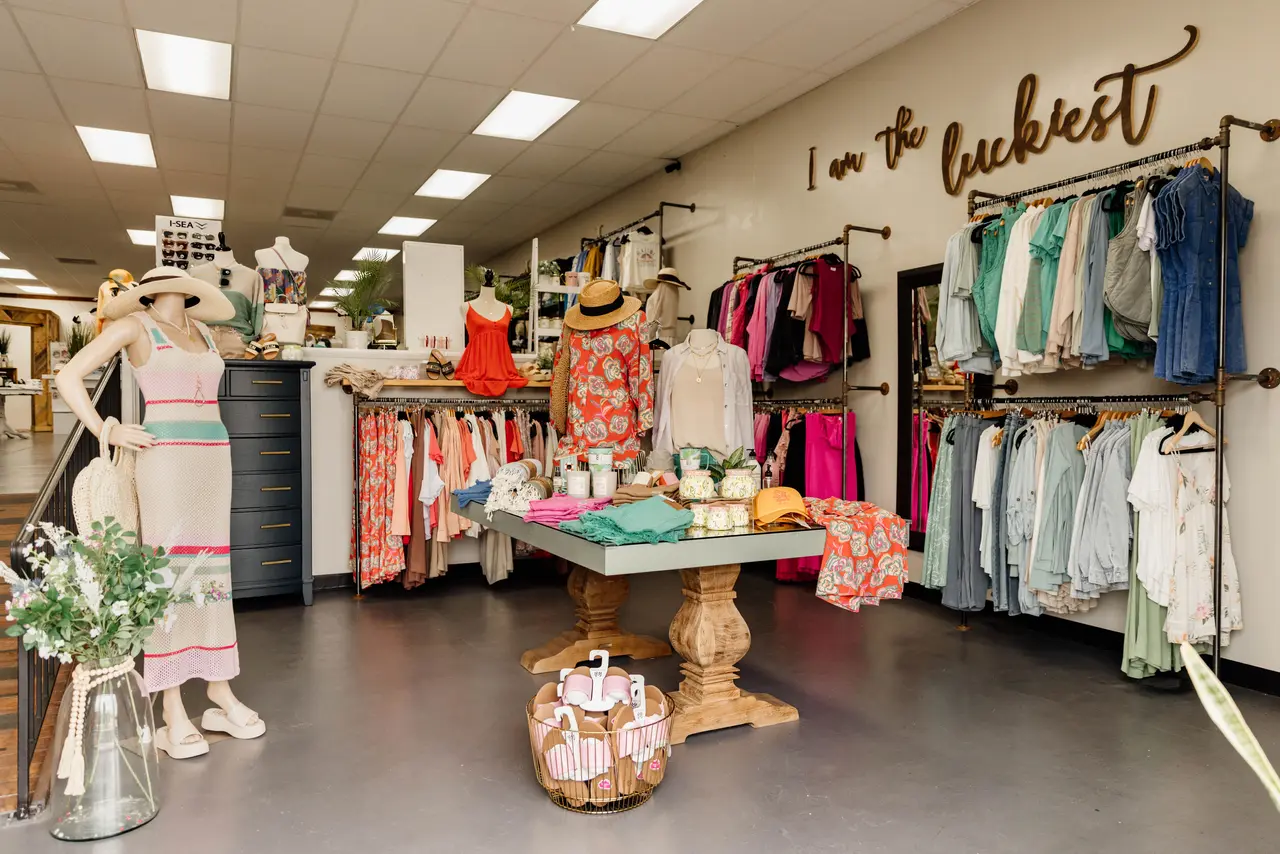The Impact of Social Media on Today's Boutique Fashion Trends
The Impact of Social Media on Today's Boutique Fashion Trends
Blog Article
Discovering the Advancement and Effect of Clothing on Modern Style Trends
The evolution of garments has actually dramatically influenced contemporary style trends, merging historic criteria with sophisticated developments. Legendary numbers like Coco Chanel and Yves Saint Laurent changed the style industry by presenting principles that prioritize comfort and accessibility, which continue to reverberate today.
Historic Style Influencers
In the tapestry of style history, particular figures have actually left an indelible mark, shaping the fads and styles that define whole periods. Coco Chanel, an innovative developer, redefined ladies's fashion by introducing comfy, sophisticated clothes that departed from restrictive bodices. Her iconic Chanel fit and little black gown have become ageless staples in closets worldwide. Similarly, Christian Dior's post-war "Make over" in 1947, with its celebration of feminineness via full skirts and cinched midsections, marked a return to opulence and has actually remained to influence developers.
Elsa Schiaparelli is one more pivotal number, renowned for her avant-garde styles that integrated surrealist art, collaborating with Salvador Dalí to create whimsical items that challenged standard aesthetics. Her cutting-edge use color and bold patterns reverberates in modern fashion. Yves Saint Laurent, on the other hand, democratized haute couture with prêt-à-porter collections, bringing runway designs to the masses and setting a precedent for contemporary ready-to-wear lines.
These enthusiasts, to name a few, not just changed style in their times but also set sustaining patterns that resonate in today's apparel industry, providing a structure whereupon modern designers remain to innovate and construct. Their heritages underscore the relevance of creativity and bold in fashion's ever-evolving narrative.
Technical Innovations in Style
Among the dynamic landscape of the fashion business, technical advancements stand at the forefront of innovation, reshaping how designers develop and customers involve with style. The assimilation of 3D printing has actually revolutionized layout procedures, making it possible for developers to experiment with complex structures and sustainable products that were previously unthinkable. This technology facilitates rapid prototyping, lowering waste and quickening production times.

Smart fabrics, embedding modern technology into materials, are also changing the industry. Advancements like self-cleaning and temperature-regulating textiles offer improved capability and comfort. Wearable innovation, including attributes like health and fitness tracking and interaction, includes a new dimension to style, combining visual appeals with usefulness.
Cultural Changes and Style
As technical innovations continue to reshape the garment industry, cultural shifts are equally prominent, redefining style and consumer preferences. In recent times, the increase of social media sites systems has actually accelerated the dissemination of worldwide fashion patterns, enabling diverse cultural influences to coexist and merge. This electronic interconnectivity has actually promoted the quick exchange of concepts, bring about an extra inclusive and eclectic analysis of style that reflects the multifaceted nature of modern-day culture.
Social understanding and gratitude have prompted developers to attract inspiration from a broader range of ethnic and historic contexts, integrating traditional concepts with site modern looks. This combination has resulted in fashion that reverberates with a bigger audience, promoting a feeling of identity and belonging across various demographics. Furthermore, the increasing need for customization has driven brands to offer personalized choices, enabling customers to express originality while showing their cultural heritage.
Additionally, moving social values have actually affected fashion, with inclusivity and variety becoming main themes. The sector has started to accept models and influencers of numerous body types, ethnic cultures, and gender identifications, difficult standard charm criteria. This makeover highlights the power of social shifts fit the future of fashion, as design comes to be a much more genuine expression of personal and cumulative identification.
Sustainability and Modern Design
While the style sector proceeds to advance, the vital for sustainability has ended up being significantly immediate, influencing modern-day layout techniques. The surge of slow-moving fashion, which highlights high quality over quantity, motivates consumers to invest in timeless pieces instead than short-term fads.
In addition, contemporary style is defined by its development in lessening waste and promoting circularity. Techniques such as zero-waste pattern cutting and 3D knitting are gaining traction, permitting developers to produce garments with very little fabric wastage. Additionally, brand names are taking on transparent supply chains, guaranteeing accountability and fostering customer depend on. This method not only minimizes environmental effect however also enhances the social duty of fashion houses.
Future Trends in vogue

Sustainability will remain to be a driving pressure in shaping future style patterns. The industry is progressively adopting environment-friendly products and honest production approaches, replying to an expanding consumer need for accountable techniques. Advancements such as bio-fabricated materials and closed-loop recycling systems are established to redefine how apparel is created and taken in, decreasing environmental effect while maintaining style and quality.
Cultural changes, including the increase of inclusivity and diversity, will additionally play a critical duty. As society ends up being more knowledgeable about social concerns, fashion is anticipated to come to be a platform for expression and adjustment. Developers will likely concentrate on developing collections that reflect a wider variety of experiences and identities, promoting representation and availability.
Verdict
The evolution of garments significantly affects modern-day style trends, where historical influences combine with modern layouts. Trick figures like Coco Chanel and Yves Saint Laurent have look at this website redefined style, while technological technologies such as 3D printing and clever textiles expand innovative opportunities. Social changes in the direction of inclusivity and sustainability compel brands to welcome and adopt ethical practices diversity. This ongoing development highlights fashion's function as a his explanation mirror to social worths and technical improvement, recommending a future rich with advancement and inclusivity.
The advancement of apparel has actually substantially influenced contemporary fashion trends, combining historic precedents with cutting-edge innovations.Among the vibrant landscape of the fashion industry, technical innovations stand at the leading edge of development, reshaping exactly how designers create and customers engage with fashion.While the style market continues to advance, the critical for sustainability has actually ended up being increasingly immediate, influencing modern-day design practices. As sustainability comes to be embedded in modern-day style, it paves the method for a more conscious and accountable fashion sector.
The evolution of apparel substantially impacts modern-day fashion fads, where historical impacts merge with modern designs.
Report this page